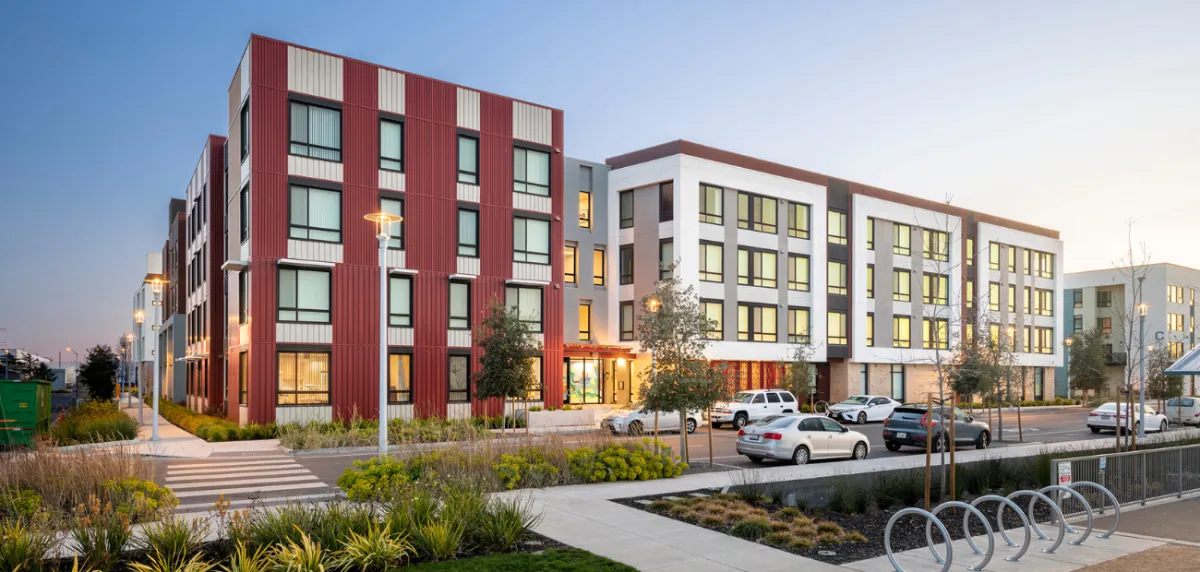Measuring COVID-19 risk and several other factors, a new evaluation of the sector across major cities shows signs of good health.
Assessing the damage that the Coronavirus pandemic has had on the multifamily sector, Arbor Realty Trust, in conjunction with Chandan, has measured how apartments have performed in recent months, and what lies ahead, in 50 US cities in a new report.
The Arbon-Chandan Opportunity Matrix evaluated the performance of those locales’ economies and multifamily markets by tracking eight categories: levels of large multifamily loan volume, levels of multifamily construction, labor market size, labor market performance during COVID-19, mobility trends, renter performance and sentiment, renter preferences and an assessment of COVID-19 risk.
Using these indicators Seattle took the top spot in the rankings. The city performed well in key areas, including wage growth, employment growth and COVID-19 risk assessment.
Phoenix and Austin also fared well. Both locales boast better than average COVID-19 risk assessments, healthy pipelines of multifamily supply and sufficient liquidity.
In terms of some of the individual indicators, when it came to Covid risk assessment, using the Harvard Global Health Institute’s COVID Risk Assessment Model—which tracks the number of confirmed positive cases in the last seven days per 100,000 people, the top performers in the Opportunity Matrix were New York, Pittsburgh, Phoenix, Seattle and Hartford.
When it came to renter performance, Omaha outperformed all other cities being examined, with the share of renters who reported making their previous month’s rent payments at 93.3%, while the San Francisco Bay Area came in second. Multifamily investors showed up the most for Dallas, while Houston and Phoenix took the second and third place slots. Rental collections in Dallas, the report stated, “reportedly have held up better than expected, and the local multifamily market is already transitioning out of its ‘wait and see’ mode as deal closings are once again on the uptick.”
As part of the rent collections study, the Opportunity Matrix looked at lending volume per capita, and found that Orlando and Denver came out on top.
Ultimately, the report stated, if owners and investors can look beyond short-term challenges, they’ll see that the multifamily segment has a bright future.
“The coronavirus will continue to create a unique set of challenges for multifamily operators and investors for the foreseeable future. Of course, where there are changes and disruption, there is also opportunity,” said Arbor and Chandan.
“Metropolitan areas with healthy labor markets and the development economics to support horizontal, well-styled apartment communities are strategically positioned to add supply that captures migrating demand,” the report continued. “While headlines suggest that urban households are flocking to exurban alternatives, many highly urbanized metros, led by Seattle, are improving fundamentals and outcomes despite macro headwinds.”











